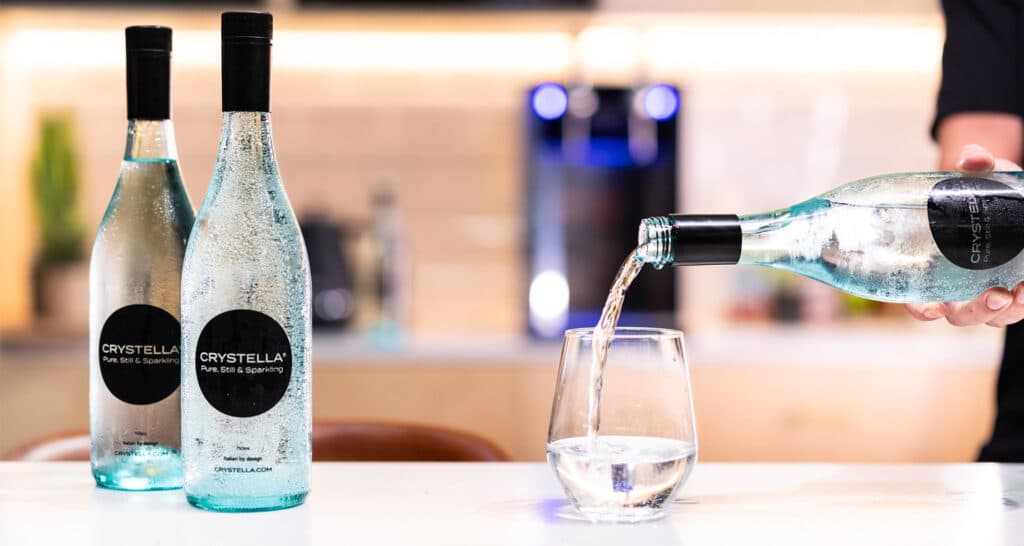
Understanding the Difference Between Seltzer vs. Soda vs. Sparkling Water in Australia?
The Australian beverage industry, amidst its ever-changing drink trends, has seen a distinct pivot towards healthier alternatives, particularly among business owners, restaurateurs, and offices looking to provide sophisticated and refreshing options for their clientele and staff. Riding this wave is the seltzer craze, emerging as a key player in the world of carbonated water products.
At its core, the key ingredient to all these bubbly beverages, whether it’s a Berry Seltzer or a simple Lime Seltzer, is the infusion of carbon dioxide in water, resulting in carbonated water. However, nuances in ingredients, production methods, and origins differentiate them. In Australia, where the seltzer space is expanding, understanding these differences, especially for commercial purposes, is paramount.
So, What’s the Difference?
Sparkling water, seltzer, and soda water are all effervescent beverages, but there are subtle distinctions among them. Sparkling water is traditionally from a spring or well that has been carbonated, often retaining minerals and a unique flavour from its source. Seltzer water is plain, demineralised water that has been artificially carbonated, devoid of any added minerals or flavours. Soda water, frequently known as club soda, is also artificially carbonated, but it has added minerals like sodium bicarbonate or potassium sulfate, which impart a particular taste.
Understanding these nuances ensures you select the right bubbly companion for your refreshment or culinary needs. Let’s break down the differences between these and other fizzy waters in detail.
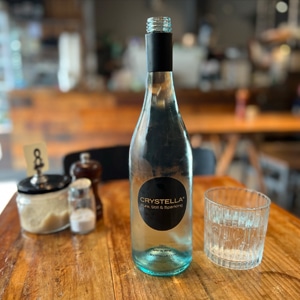
1. Sparkling Water
- Sparkling water is often synonymous with “natural” carbonated mineral water. This water originates from famed mineral waters sourced from deep water lakes or springs and contains natural minerals. In many cases, it bubbles right from the ground, thanks to geological formations. The naturally occurring carbonation is a result of these formations, and it is often supplemented with additional carbon dioxide to maintain a consistent level of carbonation.
- Sparkling water originates from natural springs and is carbonated, often keeping some of the inherent minerals that give it a signature flavour unique to its source. As a result, this water can have a slightly salty or mineral taste, reminiscent of the spring from which it was sourced.
- Over the years, the popularity of sparkling water has led to the emergence of various sparkling water products. Brands often market these based on the source of the water, whether from deep water lakes, famed mineral waters, or other natural reservoirs. Moreover, for those looking to venture into sparkling alcoholic and non-alcoholic beverages, sparkling water provides a versatile base.
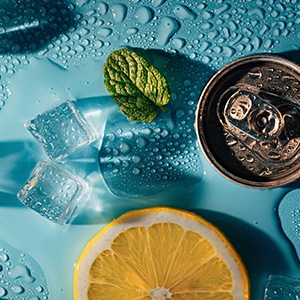
2. Seltzer Water
- The term “seltzer water” originated from the German town Selters, known for its naturally carbonated springs.
- Today, however, seltzer water refers to plain water that has been artificially demineralised and carbonated. It is devoid of added minerals or flavours, making it a versatile component for mixed drinks or as a base for adding natural flavour profiles.
- Because of this purification process, seltzer water provides a neutral palate, making it a favoured choice for mixing with other flavours, especially in the beverage industry. Its neutral palate has given rise to diverse flavoured seltzers, from Seltzer Mango to Seltzer Watermelon.
- Vintage bottles, especially the iconic seltzer bottle, were traditionally used to dispense and store this carbonated delight.
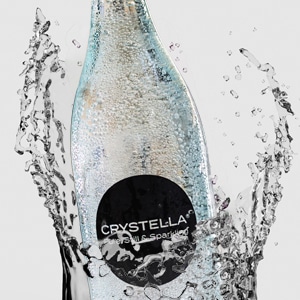
3. Club Soda
- Often synonymous with soda water in Australia, club soda contains added minerals that lend it a distinct taste. It’s not uncommon to find it as the base in a type of highball drink in Australian bars.
4. Soda Water
- Soda water, often referred to as club soda, isn’t just carbonated water. It starts as plain water but undergoes carbonation with the addition of minerals and salts.
- Historically, soda water was produced at home using water in siphons with the aid of a Codd-neck bottle, a type of glass bottle specifically designed for carbonated drinks. Now, it’s more commercialised, but like club soda, it usually contains added minerals.
- Today’s commercial soda waters might contain minerals and can be found across various establishments, from beachside cafes to the trendiest bars in Melbourne or Sydney.
- Common additives include sodium bicarbonate, potassium sulfate, and sometimes sodium citrate. These additions give soda water its distinct taste, which can be saltier and more mineral-rich than its counterparts.
- In bars, soda water is a common mixer due to its ability to complement a range of flavours without overshadowing them.
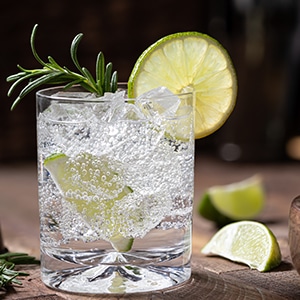
5. Tonic Water
- Distinct from the above is tonic water, a carbonated water drink with a key ingredient: quinine, which provides a characteristic bitter flavour.
- Historically used as a medicinal drink against malaria, today’s tonic water is sweetened and is a common mixer for alcoholic beverages. It’s a staple for those seeking a bitter taste in their drink.
Carbonation Across the Waters
At the heart of all these beverages is the carbonation process, where carbon dioxide is infused into water. The resulting carbonic acid solution gives these drinks their signature fizz and a slightly acidic pH. This effervescence, combined with the potential addition of salts and minerals, can make carbonated waters like soda water slightly more alkaline, which can be a benefit for people experiencing acid reflux.
Implications and Applications for Businesses
For restaurants, cafes, and offices, there are multiple considerations when choosing between these waters. Here are some pertinent points:
- Digestive Health: Carbonated water acts as an acidity regulator. The carbonic acid formed when carbon dioxide is introduced to flat water gives these drinks their characteristic fizz and a slightly acidic 5-6 pH. However, some believe that this acidity might exacerbate conditions like gastro-oesophageal reflux, although evidence is inconclusive.
- Dietary Concerns: Club sodas and tonic waters might contain sodium salts or a lump of sugar, respectively. It’s crucial for establishments that prioritise health to check the labels of carbonated water brands for grams of sugar and sodium content.
- Flavour Profiles: The natural flavour profile of sparkling water products can be enhanced using natural flavours. For instance, a seltzer water with a hint of Black Cherry or other fruity essences can serve as a refreshing drink on its own or as a base for mixed drinks.
- Alcoholic Mixes: For restaurants and bars catering to alcohol drinkers, the choice between these waters can influence the percentage of alcohol and the overall flavour of mixed drinks.
- Costing: Buying seltzer brands that are canned or bottled can cost a lot more than more eco-friendly solutions like sparkling water taps.
For business owners, the beverage options provided to customers or employees are more than just a drink; they signify attention to detail, quality, and health considerations. Whether you’re considering adding a sparkling water tap, a seltzer bottle, or any carbonated water drinks to your menu, understanding the nuances between them ensures an informed decision that aligns with your establishment’s ethos and the preferences of your clientele.




